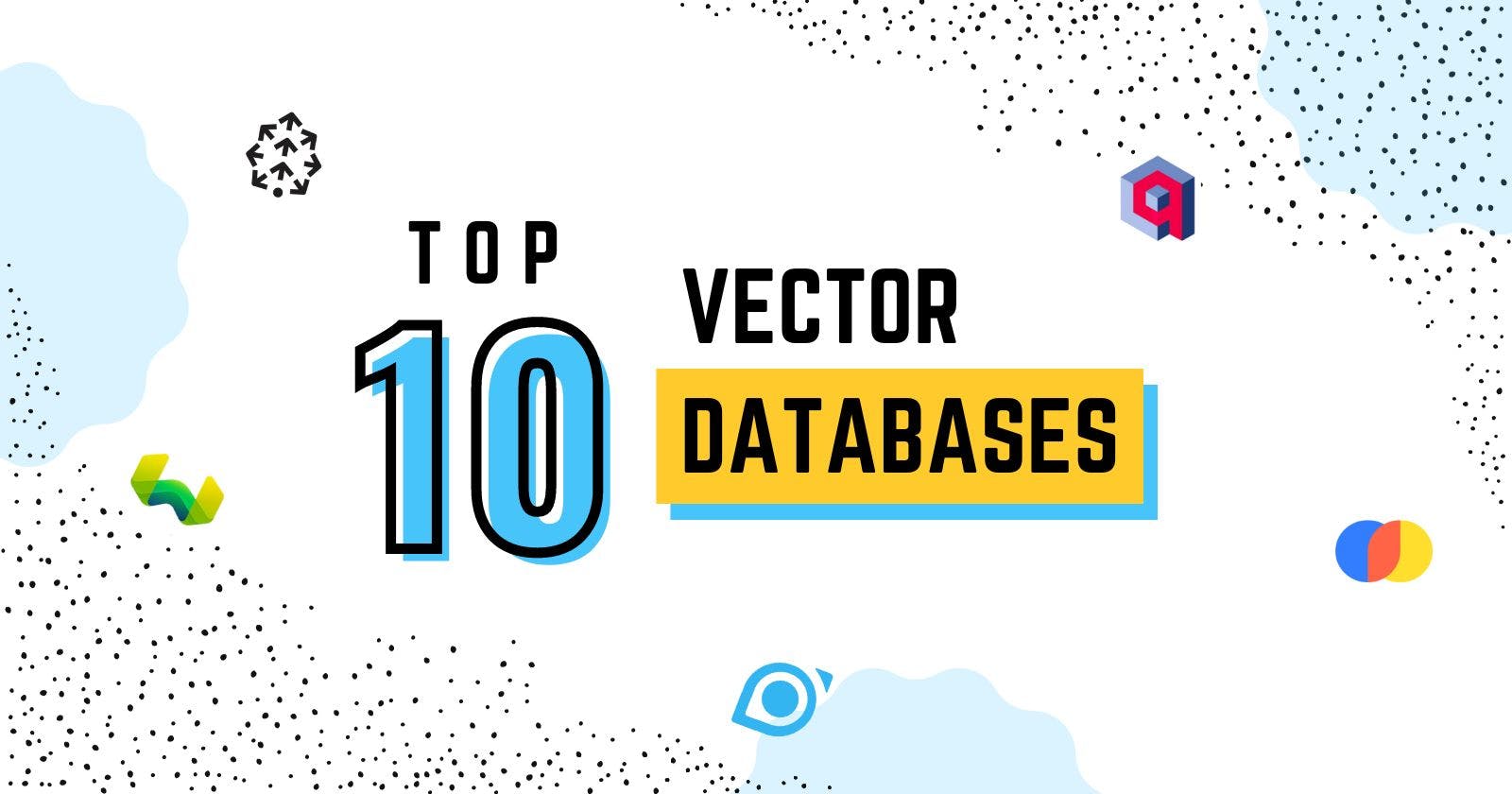Introduction
In the realm of Artificial Intelligence (AI), vast amounts of data require efficient handling and processing. As we delve into more advanced applications of AI, such as image recognition, voice search, or recommendation engines, the nature of data becomes more intricate. Here's where vector databases come into play. Unlike traditional databases that store scalar values, vector databases are uniquely designed to handle multi-dimensional data points, often termed vectors¹²³.
What is a Vector Database?
A vector database is a specific kind of database that saves information in the form of multi-dimensional vectors representing certain characteristics or qualities. Each vector has a certain number of dimensions, which can range from tens to thousands, based on the data's intricacy and detail. This data, which could include text, images, audio, and video, is transformed into vectors using various processes like machine learning models, word embeddings, or feature extraction techniques.
The primary benefit of a vector database is its ability to swiftly and precisely locate and retrieve data according to their vector proximity or resemblance¹². This allows for searches rooted in semantic or contextual relevance rather than relying solely on exact matches or set criteria as with conventional databases¹².
How is a Vector Database Different from Other Databases?
The primary difference between vector databases and other databases is their ability to store and manipulate high-dimensional data. Vector databases are designed specifically to handle large volumes of data and complex computations such as similarity and nearest-neighbor searches⁸.
Traditional databases store simple data like words and numbers in a table format. Vector databases, however, work with complex data called vectors and use unique methods for searching. While regular databases search for exact data matches, vector databases look for the closest match using specific measures of similarity⁹.
Use Cases for Vector Databases
Vector databases have many use cases across different domains and applications that involve natural language processing (NLP), computer vision (CV), recommendation systems (RS), and other areas that require semantic understanding and matching of data. Some examples include:
Image and Video Recognition: Given the high-dimensional nature of images and videos, vector databases are naturally suited for tasks like similarity search within visual data.
Natural Language Processing (NLP): In NLP, words or sentences can be represented as vectors through embeddings. With vector databases, finding semantically similar texts or categorizing large volumes of textual data based on similarity becomes feasible¹¹.
Recommendation Systems: Whether for movies, music, or e-commerce products, recommendation systems often rely on understanding the similarity between user preferences and item features. Vector databases can accelerate this process, making real-time, personalized recommendations a reality.
Top 10 Vector Databases in 2023
Here are some of the top vector databases you should consider in 2023:
Pinecone: Pinecone is a managed, cloud-native vector database with a straightforward API and no infrastructure requirements.
Milvus: Milvus is an open-source vector database designed to facilitate embedding similarity search and AI applications.
Chroma: Chroma is another promising option for the efficient management of dense vectors.
Weaviate: Weaviate is an open-source smart graph with powerful GraphQL and RESTful APIs.
Deep Lake: Deep Lake is an open-source project that provides a simple way to store and retrieve large amounts of metadata.
Qdrant: Qdrant is an open-source vector similarity search engine with extended support for production.
LanceDB: LanceDB is a developer-friendly, serverless vector database for AI applications.
Momento Vector Index (MVI): MVI is a scalable, developer-friendly vector index service designed for real-time storage and retrieval of vector data for use in AI-powered applications.
Zep: Zep is an open-source platform for productionizing LLM apps. It offers fast, scalable building blocks for LLM apps such as memory, vector search, and enrichment.
Marqo: Marqo is more than a vector database, it’s an end-to-end vector search engine2. It handles vector generation, storage, and retrieval through a single API.
Each of these databases has its own unique features and advantages that make them suitable for different use cases. It's important to choose the one that best fits your specific needs.
Conclusion
As AI continues to evolve and the need for handling high-dimensional data increases, the role of vector databases will become even more critical. They offer unique advantages over traditional databases when it comes to handling complex computations such as similarity searches and nearest-neighbor searches.
